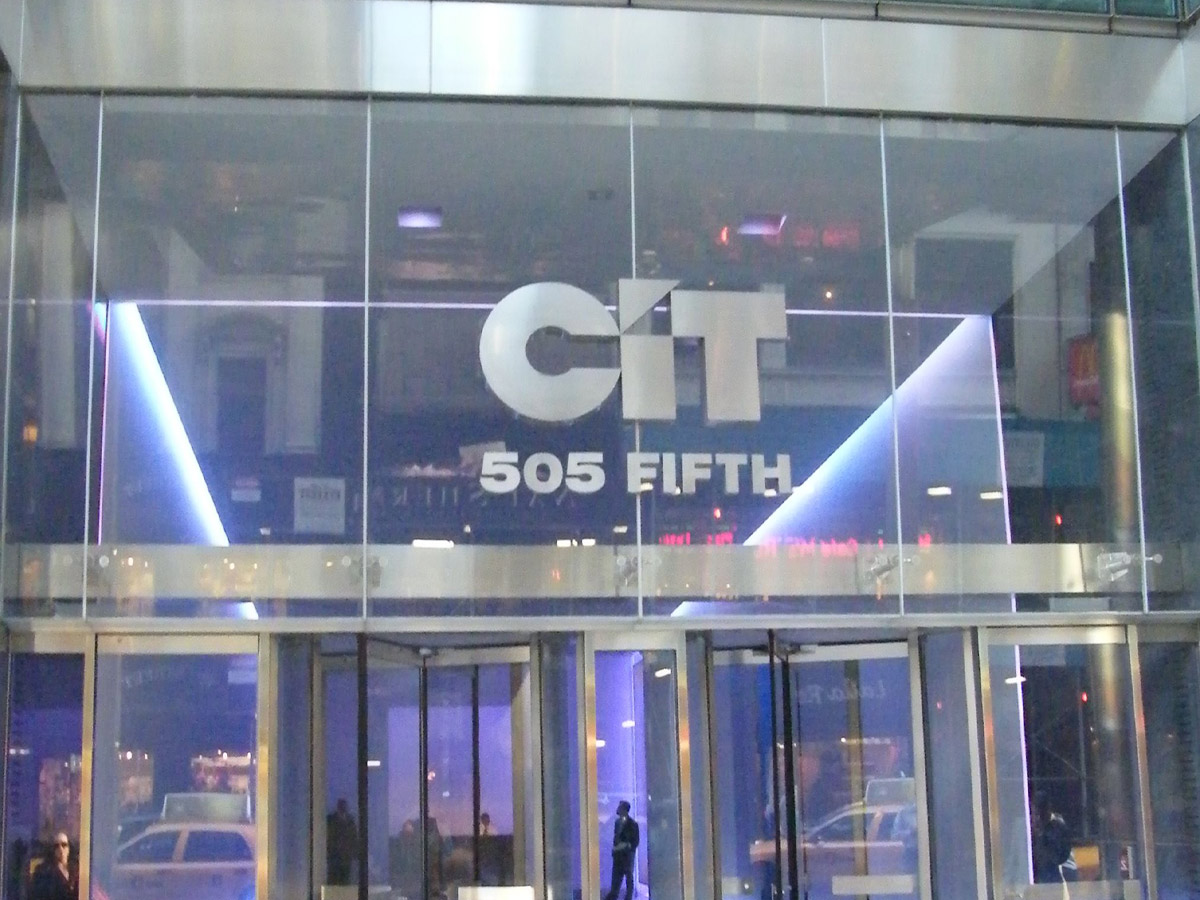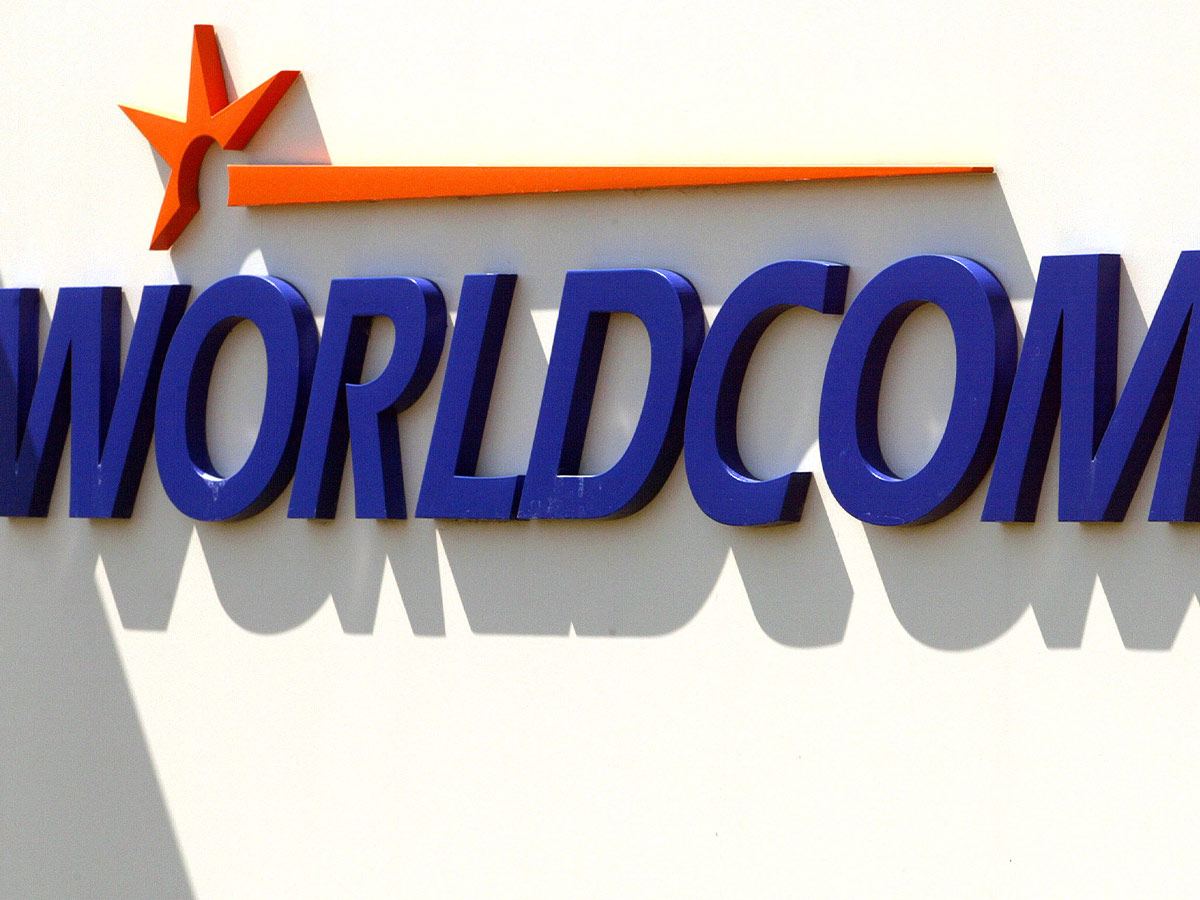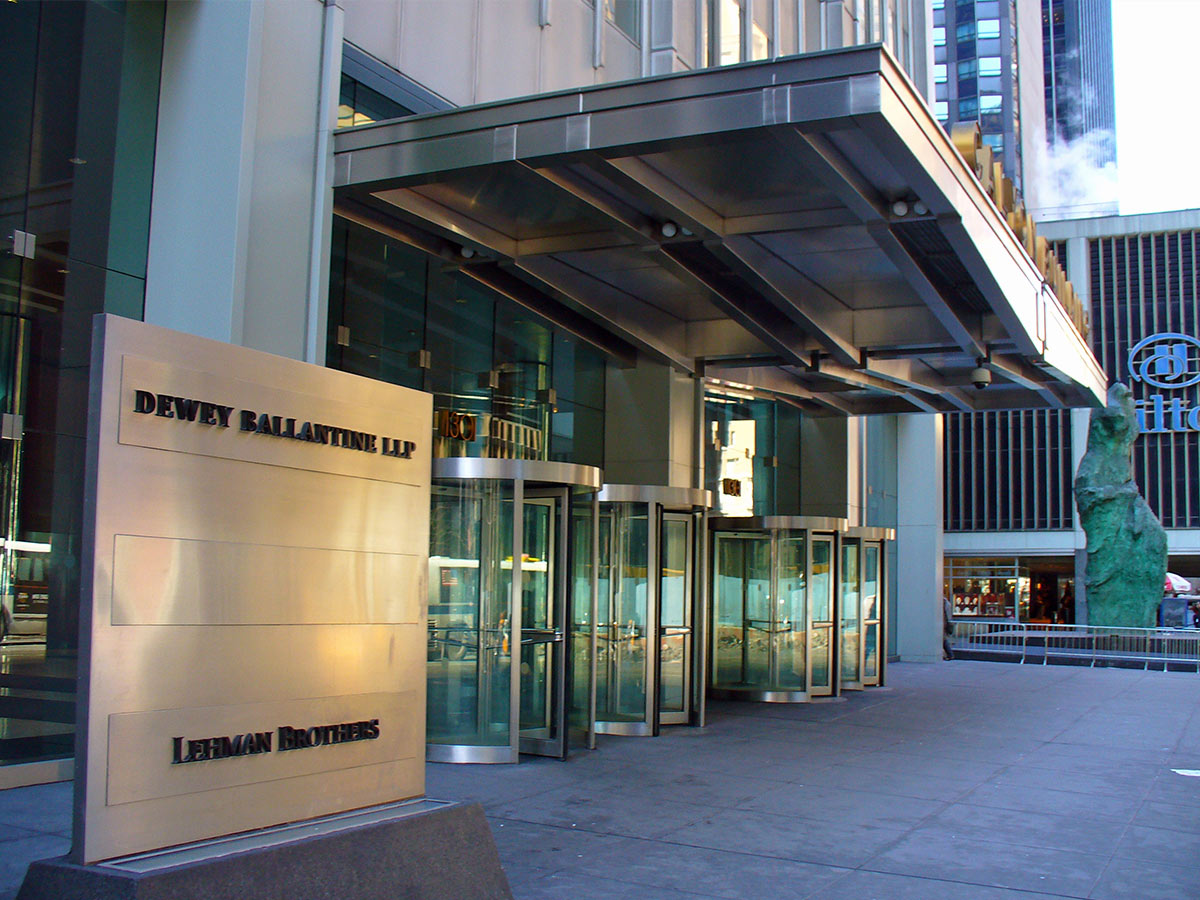Energy Future Holdings (Apr 2014) - 41 billion

- Assets: $41.0 billion
- When: April 29, 2014
Energy Future Holdings (EFH) filed for bankruptcy in 2014, with debts totaling $41 billion. EFH, an energy conglomerate in Texas, was burdened by high debt levels from its leveraged buyout in 2007.
The company’s financial struggles were exacerbated by falling natural gas prices and weak demand for electricity. The bankruptcy of EFH marked one of the largest energy industry bankruptcies and led to a prolonged restructuring process. The company’s assets, including its subsidiary Oncor Electric Delivery, were eventually sold off to pay creditors.
Conseco (Dec 2002) - 61.4 billion

- Assets: $61.4 billion
- Date: December 17, 2002
Conseco, a major player in the insurance and financial services industry, filed for bankruptcy in December 2002, with $61.4 billion in assets.
The company’s financial troubles were the result of aggressive acquisitions and a high level of debt. Conseco’s downfall was compounded by management’s inability to integrate its acquisitions and sustain profitability. After filing for bankruptcy, Conseco restructured its operations, selling off various parts of its business to stabilize and focus on its core insurance operations, eventually emerging from bankruptcy in 2004.
Enron (Dec 2001) - 65.5 billion

- Assets: $65.5 billion
- Date: December 2, 2001
Enron’s bankruptcy in 2001 shocked the business world, as the energy giant was once considered one of the most innovative companies in America. With assets of $65.5 billion, Enron’s collapse was caused by widespread accounting fraud, where executives hid billions of dollars in debt through complex financial structures.
The revelation of these deceptive practices led to the company’s swift downfall, and several top executives, including CEO Kenneth Lay and CFO Andrew Fastow, were convicted of fraud. Enron’s bankruptcy brought about significant changes in financial regulation, including the Sarbanes-Oxley Act.
PG&E Corporation [Pacific Gas]
![PG&E Corporation [Pacific Gas]](http://assets.alot.com/assets/common/entertainment/u22128_slide_41401.jpg)
- Assets: $71.4 billion
- Date: January 29, 2019
PG&E Corporation, one of California's largest utilities, filed for bankruptcy in January 2019, citing liabilities of $71.4 billion. The company was overwhelmed by lawsuits resulting from its role in sparking devastating wildfires, including the 2018 Camp Fire, which killed 85 people and destroyed thousands of homes.
PG&E faced increasing pressure over its aging infrastructure and safety practices, leading to the bankruptcy filing. The company’s restructuring plan included measures to improve safety and governance, but it raised concerns about the reliability of privately owned utilities in handling public disasters.
CIT Group

- Assets: $80.4 billion
- Date: November 1, 2009
CIT Group, a major lender to small and medium-sized businesses, filed for bankruptcy in November 2009 with $80.4 billion in assets.
The company struggled with mounting debt and the economic downturn, which severely impacted its core business of lending to retail and construction companies. CIT’s troubles were exacerbated by its inability to access credit markets, and its bankruptcy led to a government bailout. The company restructured and emerged from bankruptcy, continuing to provide loans to small businesses but under stricter financial oversight.
General Motors

- Assets: $91.0 billion
- Date: June 1, 2009
General Motors (GM) filed for bankruptcy in 2009 with assets totaling $91 billion, marking one of the most significant industrial bankruptcies in U.S. history. GM’s failure was a result of declining sales, high labor costs, and an inefficient product line. The company was weighed down by years of financial mismanagement and the global economic downturn.
The U.S. government stepped in with a massive bailout, which allowed GM to restructure and emerge from bankruptcy. The company streamlined operations, shed unprofitable brands, and refocused on its core offerings, ultimately returning to profitability. GM’s bankruptcy demonstrated the critical role government intervention can play in stabilizing major industries.
WorldCom (July 2002) - 103.9 billion

- Assets: $103.9 billion
- Date: July 21, 2002
WorldCom’s bankruptcy in 2002, totaling $103.9 billion in assets, was one of the largest corporate bankruptcies at the time. The telecommunications giant was brought down by one of the biggest accounting scandals in history.
CEO Bernard Ebbers and other executives were found to have inflated company earnings by billions of dollars, hiding losses through fraudulent accounting practices. The scandal came to light after an internal audit, and the resulting bankruptcy wiped out investors and employees. WorldCom’s bankruptcy raised awareness about corporate governance and accounting practices, leading to reforms like the Sarbanes-Oxley Act.
SVB Financial Group

- Assets: $211.8 billion
- Date: March 17, 2023
In March 2023, Silicon Valley Bank (SVB), a key financial institution for tech startups, collapsed in the second-largest bank failure in U.S. history, with over $211 billion in assets. SVB had accumulated significant losses in long-term government bonds, which decreased in value as interest rates rose.
This, combined with a rapid withdrawal of deposits by panicked tech companies and investors, caused a run on the bank. Despite efforts to stabilize the bank, the FDIC took control, and SVB’s collapse sent shockwaves through the tech industry and raised concerns about the fragility of regional banks.
Washington Mutual

- Assets: $327.9 billion
- Date: September 26, 2008
Washington Mutual (WaMu) was a major savings and loan institution with over $300 billion in assets when it filed for bankruptcy in 2008, making it one of the largest bankruptcies in U.S. history. WaMu had significant exposure to the subprime mortgage market, and as defaults on home loans rose, it faced a liquidity crisis.
The company’s downfall was accelerated by an FDIC seizure of the bank’s assets, and the company was sold to JPMorgan Chase for a fraction of its value. This bankruptcy further compounded the financial turmoil caused by the 2008 recession and led to public scrutiny of banking regulations and risk management.
Lehman Brothers

- Assets: $691.1 billion
- Date: September 15, 2008
Lehman Brothers’ bankruptcy in September 2008 remains the largest in U.S. history, with over $691 billion in assets at the time. The investment bank’s collapse was a key event in the global financial crisis. Lehman had substantial exposure to subprime mortgages and risky financial products, and it failed to secure additional funding, leading to its bankruptcy filing.
The decision by the U.S. government not to bail out Lehman Brothers created a domino effect, resulting in a worldwide recession, mass job losses, and a freeze in global credit markets. This bankruptcy is often cited as a pivotal moment that changed the financial landscape and government response to future economic crises.
 Author
Ron Winkler
Last Updated: July 28, 2025
Author
Ron Winkler
Last Updated: July 28, 2025